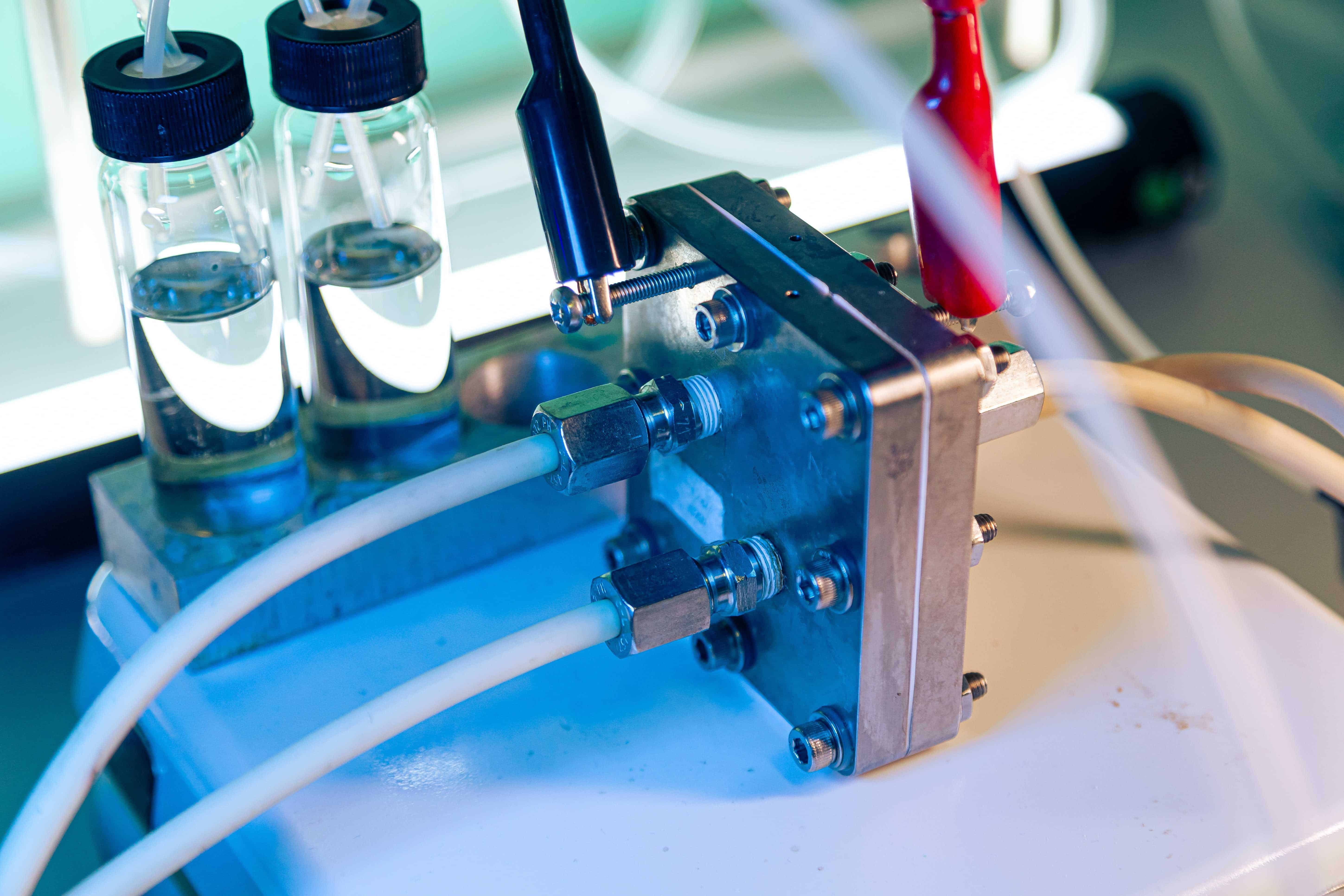
Sunlight must become the engine of a green and ‘cheaper’ chemical industry. This is the aim of researchers at the University of Trieste (Italy). They have recently developed a new material based on carbon nitride, a compound containing the CN ion. The new material uses light to activate chemical reactions that produce molecules. The use of toxic and expensive metals could be avoided this way.
Three test materials
The researchers used graphite cyanide (g-CN), a high-performance semiconductor, to produce three test materials called am-CN, red-CN, and ox-CN. Using modern analytical techniques, they studied their morphological and chemical properties and found results for the ensuing photocatalysis experiment. These three materials were tested in a model reaction.
Of the three materials, am-CN yielded the best results
The effectiveness of the three test materials was further confirmed by the fact that the model reaction had no influence on the result. (A model reaction is a process that can be tested under lab conditions. Yet this does not imply that it is also applicable on a large scale). Of the three materials, am-CN yielded the best results
The study offers perspectives for a new approach to the development of heterogeneous photocatalysts for organic synthesis in pharmaceutical and agricultural chemistry, among other fields. These molecules can also be useful for improving the performance of devices that use liquid crystal,. These include such everyday household items as PCs, TVs, or cell phone screens.

Catalysts are often used in synthesis processes in the chemical industry to ensure that the process can take place under the most optimal temperature and pressure conditions. These catalysts are typically molecules or nanoparticles of precious metals, such as rhodium and platinum. These types of metals are good for making CC configurations (also known as common collector connections).
Expensive and polluting
But the problem with (precious) metals is that they are expensive and highly polluting and, moreover, they are difficult to recycle. The new material, therefore, paves the way towards a more sustainable and cost-effective chemical industry. And there is definitely a need for this. There is increasing pressure on the industry to quickly switch to new sustainable synthetic applications in order to gain access to chemicals that are capable of being used on a large scale. This is why heterogeneous photocatalysis that utilizes readily available, metal-free catalysts has such a strong appeal.
Science Advances
The research, in which researchers from the universities of Manchester (UK) and San Sebastian (Chile) also participated, was published in the latest issue of Science Advances issued this week. Science Advances is the open-source sibling of Science, the journal published by the American Association for the Advancement of Science.







